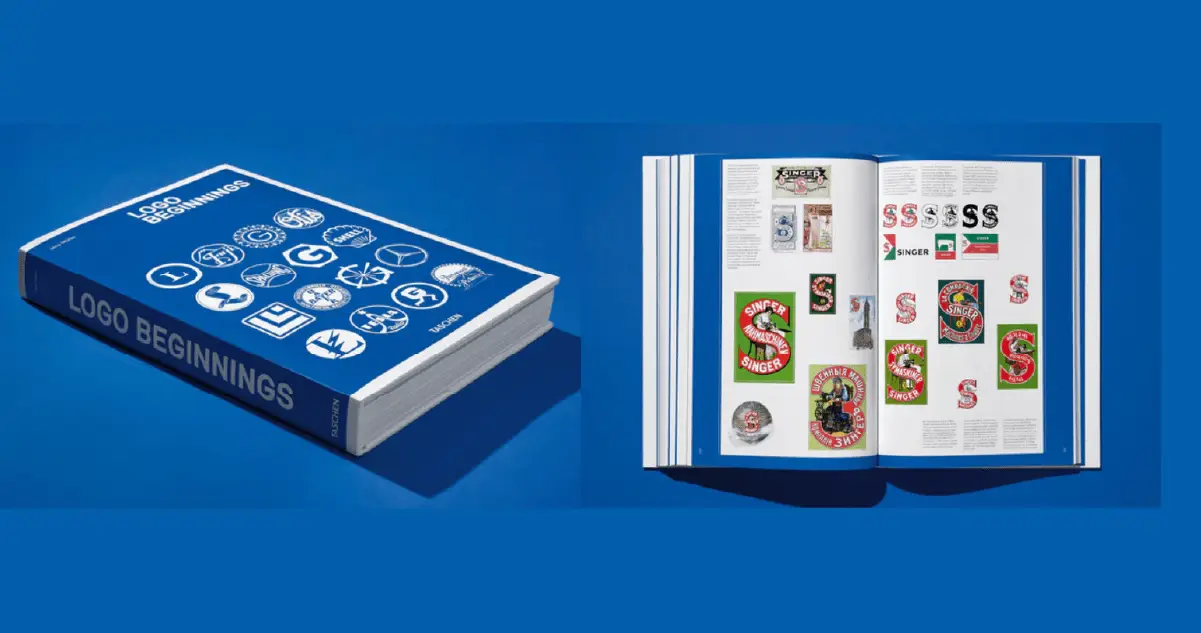The Importance of Consistency in Branding: A 2025 Perspective
In the ever-evolving landscape of marketing and branding, one principle remains steadfast: consistency. As we step into 2025, the significance of a cohesive brand strategy has never been more critical. In a world overflowing with choices and distractions, maintaining a consistent brand presence is essential for fostering customer trust, loyalty, and ultimately, revenue growth. Let’s delve into the importance of brand consistency and explore how businesses can effectively achieve it in this dynamic environment.
What is Brand Consistency?
Brand consistency refers to the unwavering alignment of a brand’s image, communication, and overall experience across all customer touchpoints. This encompasses everything from visual identity—logos, colors, and typography—to tone of voice and messaging. When customers encounter a brand, they should feel a sense of familiarity and coherence, regardless of the platform or medium they are engaging with.
Why is Brand Consistency Important?

Fosters Trust and Loyalty: A consistent brand image breeds trust. When customers see a familiar logo, hear a recognizable tone, or encounter a consistent message, they are more likely to believe in the reliability of the brand. This trust forms the foundation for long-term loyalty, encouraging repeat purchases and brand advocacy.
Enhances Recognition: In a crowded marketplace, brand recognition is crucial. Consistency in visual identity and messaging helps brands stand out and be remembered. Think of iconic brands like Mailchimp, which uses bold design elements and a unique mascot to create a memorable presence.
Impacts Revenue Over Time: Consistency not only builds brand equity but also translates into economic benefits. A well-recognized and trusted brand can command premium pricing, leading to increased profitability. In 2025, as competition intensifies, brands that succeed in maintaining consistent messaging and experiences will likely outperform those that do not.
Blockers to Brand Consistency
Despite its importance, many brands face significant hurdles in achieving consistency. These may include:
Lack of Clarity: A vague brand identity or mission can lead to mixed messages and confusion. Brands must articulate their purpose clearly to avoid inconsistency.
Poor Internal Communication: When teams work in silos, brand messaging can become fragmented. Internal alignment is key to ensuring that everyone is on the same page.
Incomplete Style Guides: Comprehensive style guides are essential for setting standards across platforms. Without them, brands risk diluting their identity and confusing their audience.
Essential Ways to Maintain Consistency
To navigate the complexities of brand consistency in 2025, companies can adopt the following strategies:
Define Your Brand Identity: Establish a clear understanding of your brand’s mission, values, and voice. This foundation will guide all aspects of branding, ensuring coherence in messaging and visuals.
Create Comprehensive Style Guides: Develop detailed style guides that outline best practices for every channel. These should cover tone of voice, visual elements, and even guidelines for personalized interactions.
Leverage Technology: Utilizing AI-powered writing assistance can help monitor and correct inconsistencies in real time. As brands increasingly integrate technology into their strategies, these tools can enhance cohesion across digital platforms.
Focus on Personalization: While maintaining brand consistency is paramount, personalizing customer experiences can elevate engagement. Starbucks is a prime example of balancing these two elements effectively. By tailoring interactions while staying true to their brand identity, companies can enhance customer satisfaction and loyalty.
Incorporate Interactive and Sustainable Design: As trends shift towards interactive design and eco-conscious practices, brands can integrate these elements into their identity. Consistent application of interactive features and sustainable design not only engages customers but also aligns with their values.
The Road Ahead
As we look to the future of branding, it is clear that consistency will continue to play a pivotal role in shaping brand perceptions. In 2025, the challenge lies in balancing that consistency with the personalization and engagement that modern consumers demand. Brands that successfully navigate this balance will be poised to establish deeper connections with their audience, enhancing customer experiences and loyalty.
In conclusion, the importance of consistency in branding cannot be overstated. It is the bedrock of trust, recognition, and long-term success. By clearly defining their identities, creating comprehensive style guides, and leveraging technology, brands can maintain a steady presence across diverse customer touchpoints. As we embrace the future, let’s prioritize consistency while evolving to meet the needs of an increasingly discerning audience. After all, in a world where options abound, it’s the brands that remain true to themselves that will thrive.




Pingback: How To Build A Strong Brand Identity From Scratch
Pingback: The Psychology Of Colors In Branding
Pingback: Personal Branding Vs. Business Branding: Key Differences